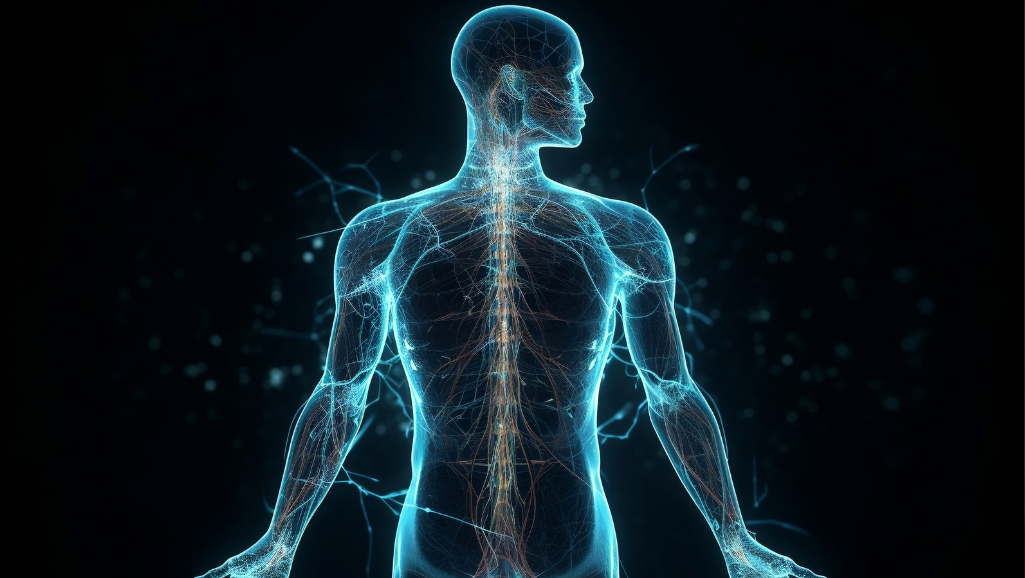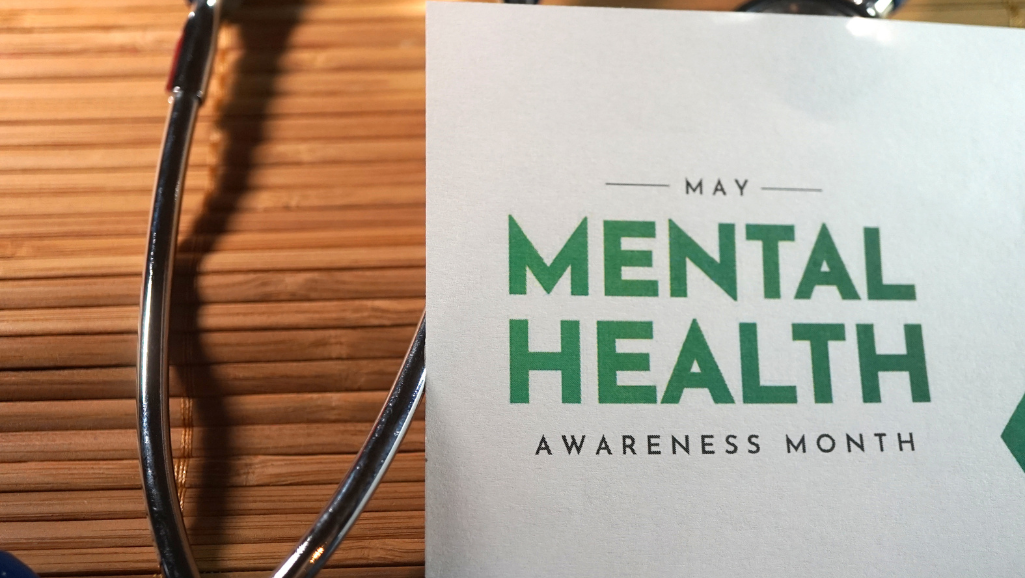Over 40 million adults in the U.S. struggle with overwhelming worry each year. When left unchecked, these feelings can spiral into deeper emotional strain, affecting daily life. But there’s hope—understanding the cycle is the first step toward reclaiming control.
According to the Cleveland Clinic, early intervention is key. Combining professional support with science-backed strategies can help disrupt the pattern. Whether through therapy, lifestyle changes, or community connections, progress is possible.
Your breakthrough moment starts here. This guide offers practical steps to identify symptoms, reduce tension, and restore balance. You don’t have to face this alone—let’s explore how to move forward.
Key Takeaways
- Over 40 million U.S. adults experience excessive worry annually.
- Untreated emotional strain can worsen mental health over time.
- Early action combined with professional guidance improves outcomes.
- Science-backed methods help break repetitive patterns.
- Support networks play a vital role in recovery.
How Anxiety Leads to Stress: Understanding the Connection
False alarms in your mind trigger real stress in your body. This happens because your brain’s threat detector—the amygdala—can’t tell the difference between a tiger attack and a looming deadline. When it overreacts, your body pays the price.
The Science Behind the Anxiety-Stress Cycle
Your fight-or-flight response floods your system with cortisol and adrenaline. These hormones sharpen focus briefly. But when anxiety keeps them surging, they wear down your immune system and disrupt sleep.
For example, PTSD survivors often experience amygdala hijacking. Their brains react to harmless triggers like fireworks as if they’re life-threatening. This creates a loop of panic and exhaustion.
Why Your Body Reacts to Perceived Threats
Healthy stress helps you ace a presentation. Anxiety disorders, though, send endless false alarms. The Cleveland Clinic found that 61% of people with anxiety develop physical symptoms like headaches or digestive issues.
Cortisol becomes toxic when it never shuts off. It’s like revving a car engine 24/7. Generalized Anxiety Disorder (GAD) tricks your body into constant threat mode—even when you’re safe.
Recognizing the Signs: Symptoms of Anxiety Disorders
Your body often sends signals before your mind catches up—don’t ignore them. Anxiety disorders manifest in ways that extend beyond worry, from muscle tension to digestive distress. Early recognition can prevent a spiral into deeper health challenges.
Physical Symptoms You Shouldn’t Ignore
While rapid heartbeat and sweating are well-known, lesser-known signs like jaw pain from clenching or persistent tinnitus often go unnoticed. Chronic physical symptoms may include:
- Unexplained dizziness or fatigue
- Digestive issues tied to nervous system overload
- Chest pain mimicking cardiac problems (Cleveland Clinic warns of this overlap)
“36% of people with social anxiety disorder wait over a decade to seek help.”
Emotional and Behavioral Red Flags
Avoidance patterns—like skipping social events—are telltale signs of social anxiety. Other warning signals include:
- Irritability or sudden mood swings
- Difficulty concentrating, even on simple tasks
- Sleep disturbances linked to panic disorder
Your body’s whispers today could become shouts tomorrow. Tracking these symptoms helps break the cycle before it escalates.
The Toll on Your Body: Physical Effects of Chronic Anxiety
Your body keeps score—chronic worry doesn’t just stay in your mind. Over time, it rewires your nervous system, weakens defenses, and strains vital organs. Left unchecked, these changes escalate into serious disorders.
How Anxiety Hijacks Your Nervous System
The vagus nerve, your body’s communication superhighway, gets disrupted. This can trigger IBS, migraines, or even muscle spasms. Ever felt “butterflies” turn into nausea? That’s your gut reacting to perceived danger.
Cortisol spikes briefly help you perform. But when floods become constant, they erode artery walls. Research shows a 29% higher heart disease risk for those with prolonged tension.
Long-Term Risks to Heart and Immune Health
Your cardiovascular system suffers first. High blood pressure starts as occasional spikes, then becomes chronic. Like a rubber band stretched too far, arteries lose elasticity.
“Chronic stress reduces vaccine effectiveness by 17%—proof that immunity falters under pressure.”
For those with COPD, respiratory distress worsens. Shallow breaths from panic mimic attacks, creating a vicious cycle. Even common colds hit harder when immune defenses are down.
Your body speaks in symptoms. Listening early can prevent irreversible damage.
Mental Health Spiral: When Anxiety Fuels Stress
6.8 million adults in the U.S. face a relentless cycle of dread and exhaustion. Generalized anxiety disorder (GAD) amplifies everyday pressures, turning minor tasks into overwhelming challenges. Left unchecked, this pattern can escalate into deeper struggles like depression—60% of people with GAD develop it, according to the Cleveland Clinic.
The Link Between GAD and Daily Strain
Imagine your brain stuck on high alert, interpreting emails as threats. That’s GAD. Physical symptoms like insomnia or headaches often follow, creating a loop. For example:
- Work anxiety triggers sleepless nights, reducing focus the next day.
- Fatigue heightens worry, making even small decisions feel impossible.
“Stress forecasting—anticipating disaster—worsens the mental load. It’s like carrying an invisible backpack of ‘what-ifs.’”
How Panic Attacks Create Feedback Loops
A single panic attack can spawn fear of future episodes. This “fear-of-fear” cycle keeps the body tense, priming it for more attacks. Avoidance worsens it—skipping gym sessions due to rapid heartbeat trains the brain to see exercise as dangerous.
OCD rituals show a similar pattern. Repetitive checking exhausts the mind, yet stopping feels risky. Over time, the exhaustion-stress link tightens. As Liam Bob’s testimonial shows, breaking routines requires confronting these feelings head-on.
Breaking the Cycle: Proven Strategies for Relief
The path to relief starts with actionable steps—not just wishful thinking. Science-backed strategies can reset your body’s alarm system and restore calm. Here’s how to begin today.
Master the 4-7-8 breathing technique: Inhale for 4 seconds, hold for 7, exhale for 8. This pattern activates your parasympathetic nervous system, slowing heart rate within minutes. Try it before stressful activities like meetings.
Exercise is nature’s cortisol regulator. Just 30 minutes daily—walking, swimming, or dancing—reduces symptoms by 40%. The ADAA confirms movement boosts GABA, your brain’s natural relaxant.
- Worry scheduling: Contain spirals by setting a 15-minute “anxiety time” daily. Write concerns then close the notebook—this trains your brain to postpone rumination.
- Progressive muscle relaxation: Tense each muscle group for 5 seconds, then release. Start with toes and work upward. This technique interrupts the stress cycle physically.
“73% of patients improve with combined CBT and medication—proof that dual approaches work best.”
Yoga and tai chi merge movement with mindful breathing, doubling benefits. For kitchen-table solutions, try humming (it stimulates the vagus nerve) or cold face splashes to trigger the dive reflex.
These management tools work cumulatively. Consistency matters more than perfection—even small steps weaken the grip of tension over time.
When to Seek Help: Professional Treatment Options
Breaking free from overwhelming worry starts with the right support. Professional treatment can rewire your brain’s response to triggers, offering lasting relief. Whether through therapy, medication, or holistic methods, evidence shows recovery is possible.
How Therapy Rewires Your Stress Response
Cognitive Behavioral Therapy (CBT) reduces panic attacks by 87% in 12 weeks. It teaches practical skills to challenge negative thoughts. For PTSD, EMDR therapy helps reprocess trauma without reliving it.
Biofeedback wearables take progress further. Devices like heart-rate monitors train you to control physical stress signals. Your body learns calmness, one session at a time.
Medication and Holistic Approaches
SSRIs (like Prozac) balance brain chemistry for long-term management. Beta-blockers, however, target performance anxiety by slowing heart rate. Always consult a doctor to find the right types.
Holistic options complement clinical care:
- Mindfulness: Lowers cortisol by 23% with daily practice.
- Acupuncture: Shown to reduce symptoms in 60% of GAD patients.
“Delaying care worsens outcomes—early intervention cuts recovery time in half.”
Red flags needing immediate help:
- Inability to perform daily job tasks
- Substance use to cope
- Chest pain or severe insomnia
You deserve expert care. The right treatment plan can restore balance and hope.
Conclusion: Take Back Your Life Starting Today
Your brain can change—neuroplasticity proves it. Like a marathon runner who once feared open spaces, you too can rewrite your story. Small steps create big shifts.
Try this 7-day challenge: Pick one strategy daily. Deep breathing before breakfast. A 10-minute walk after lunch. Each action weakens the grip of tension. Early action prevents 80% of complications, giving you back control.
As the Cleveland Clinic reminds us, “Your best life awaits.” Whether through professional help or daily activities, progress is possible. Start now—your future self will thank you.











